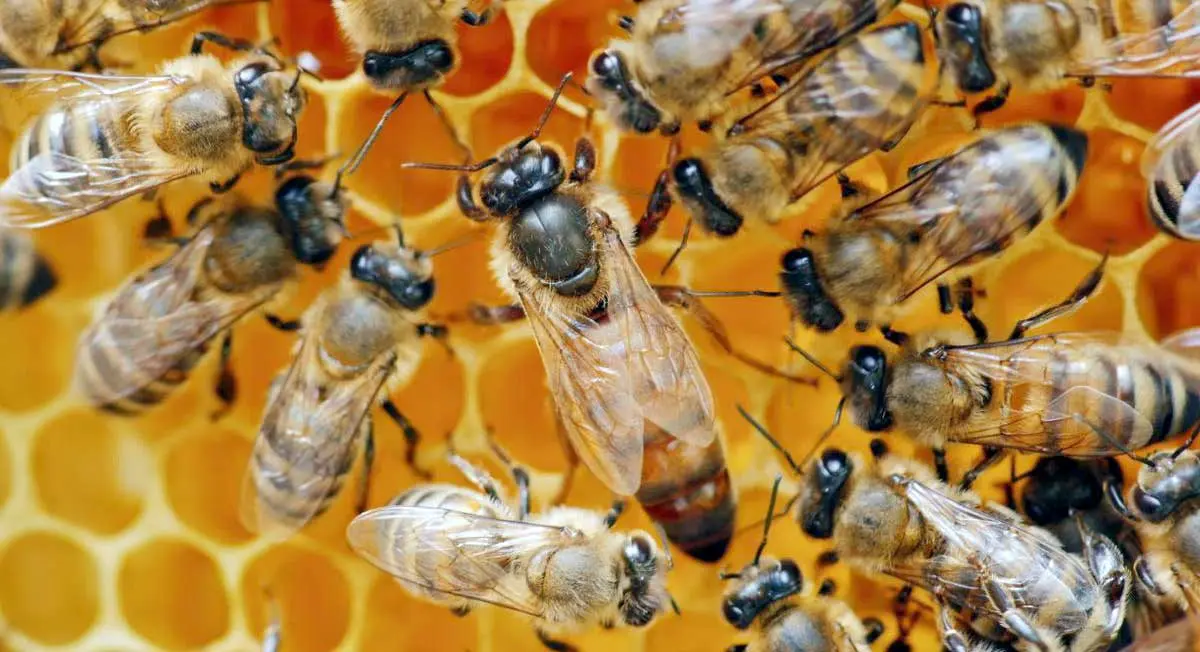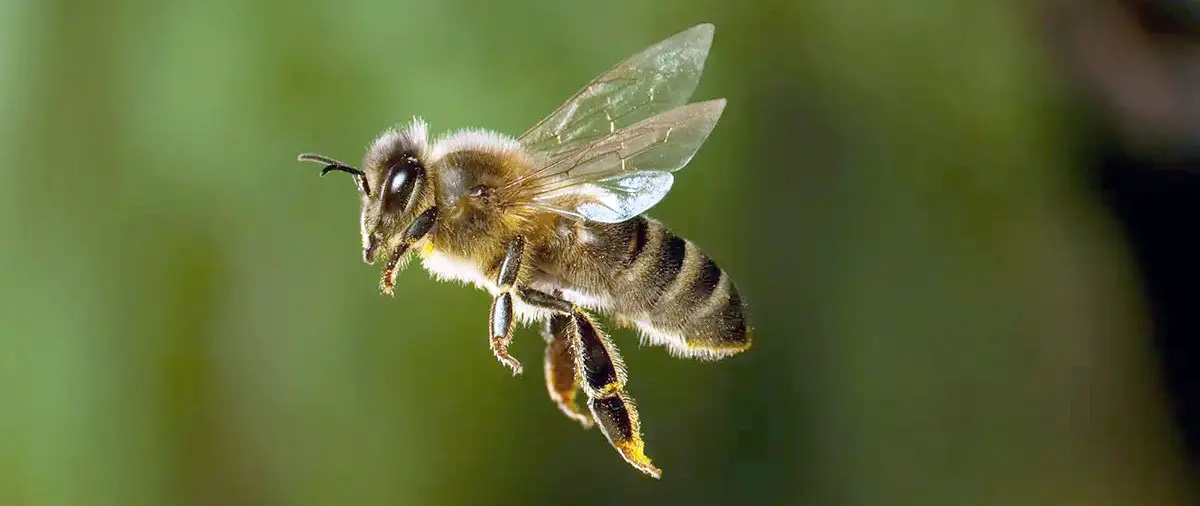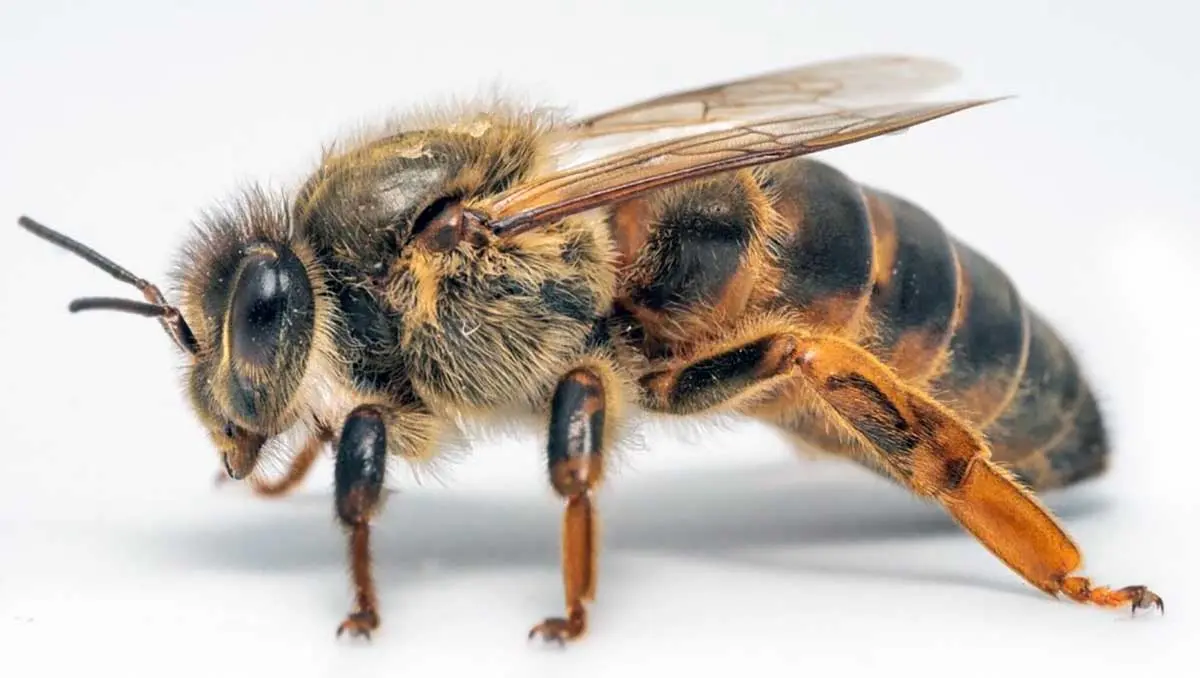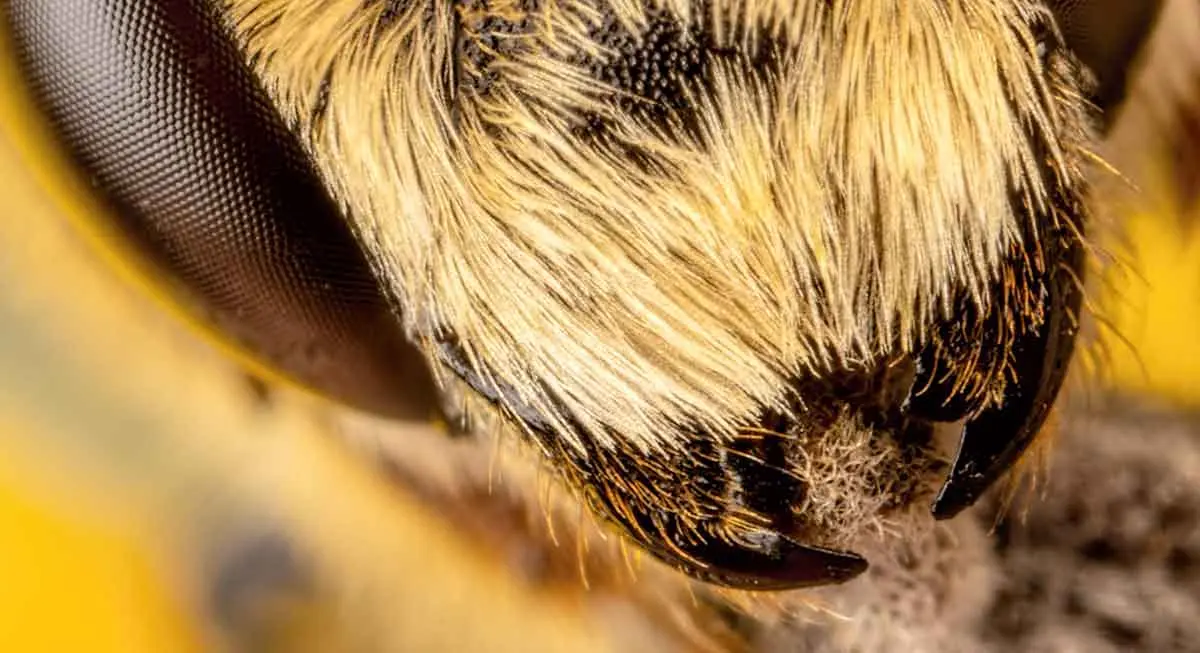We’re all familiar with the fuzzy black and yellow stripes of the humble bee. But did you know that the queen bee - the leader of every hive - is different from the rest of her loyal subjects? In this article, we’ll explore what a queen bee looks like, and help you to differentiate her from her much lower-ranked friends, the worker bees.
Significant Size

First, a quick and simple identifier of a queen bee is that she’s typically much larger than worker bees. Her body - which is more elongated and tapered - can measure up to around 2cm in length. This is about twice the length of a worker bee!
The queen’s large size has a lot to do with her role in the hive. She needs a whole lot of space in her abdomen to carry her reproductive organs and all of the eggs she will lay in her lifetime! A queen bee can average over 1000 eggs a day during the peak season for laying eggs.
Question Her Color

A queen bee is typically quite similar in color to the workers in her hive, ranging from light gold to completely black - and just about any combination in between! This is why it’s not really advisable to try and distinguish a queen based on her coloring.
However, it is common that queen bees have much shinier and smoother appearances compared to other honey bees. This is because her back is largely hairless, a trait that allows for her specialized glands that produce pheromones, which are essential in helping her to communicate with the rest of the hive.
Wonderful Wings

Because the queen’s abdomen is so long and elegant, it extends well beyond where her wings reach, unlike the worker bees whose wings stretch out beyond their bodies. Some might say that the queen’s wings are shorter or smaller than those of the workers, but that isn't true!
The difference is simply that the queen’s body is longer - this is another simple and easy way to distinguish between the two types. If you spot a bee that is unusually large, the first thing you should check is its wings. If the wings don’t reach the end of its body, you’ve found the queen!
Ladylike Legs

The queen of the hive has the legs of a magazine cover. Yes, you read that right; queen bees have long, golden legs that contrast with the dark legs of worker bees. Worker bees also have corbiculae on their legs that the queen does not. The corbiculae are pollen-collecting apparatus that the queen doesn't need because she’s not a forager.
The length of the queen’s legs means they’re better adapted for her mating and egg-laying roles. They allow her to move easily across the surface of the comb while she’s laying her eggs, and when she’s not in motion, she’ll splay them out comfortably, like the royalty she is.
Munching Mandibles

Before you ask, mandibles refer to the jaw-like structure that bees have in their heads. Worker bees use their mandibles for tasks like foraging and building the hive. For the queen, though, they play a crucial role in mating practices and protecting her subjects.
Her jaw is more pronounced and stronger than a worker bee’s for this reason, and this means that her head is larger overall, but only slightly. Her head is also fuzzier than theirs, but she shares their same heart-shaped face and almond eyes.
More Than Just a Pretty Face

Even though the queen is lovely to look at, she is more than just her looks. She’s the queen for a reason, and she is the heart and soul of a bee colony - vital for their growth and survival. Here’s why:
Mating and Laying Eggs
As we’ve established, the queen is the sole provider of eggs in a hive. She’ll leave her colony for a short time, during which she will mate with multiple drones, collecting sperm which she stores in her abdomen in order to fertilize her eggs.
When it’s time, she’ll begin laying eggs. By laying over 1000 eggs a day, she ensures that the hive’s population will continue to grow and thrive long beyond her time on earth.
Pheromone Production
You might have noticed the word “pheromone” at some point in this article and wondered what it means. It’s complicated, but in short, pheromones are chemical secretions that enable communication between members of the same species.
When it comes to the hive, the queen maintains order and harmony and essentially conducts her subjects using her pheromones, keeping things in order. This queen runs a tight ship!
Colony Identity
Finally, the queen’s pheromones help create an identity within the colony. This helps members of the same hive to recognize one another, allowing them to work together effectively.
Once the queen bee is chosen, she helps to create a sense of unity and purpose among the workers - the marker of any great ruler!

